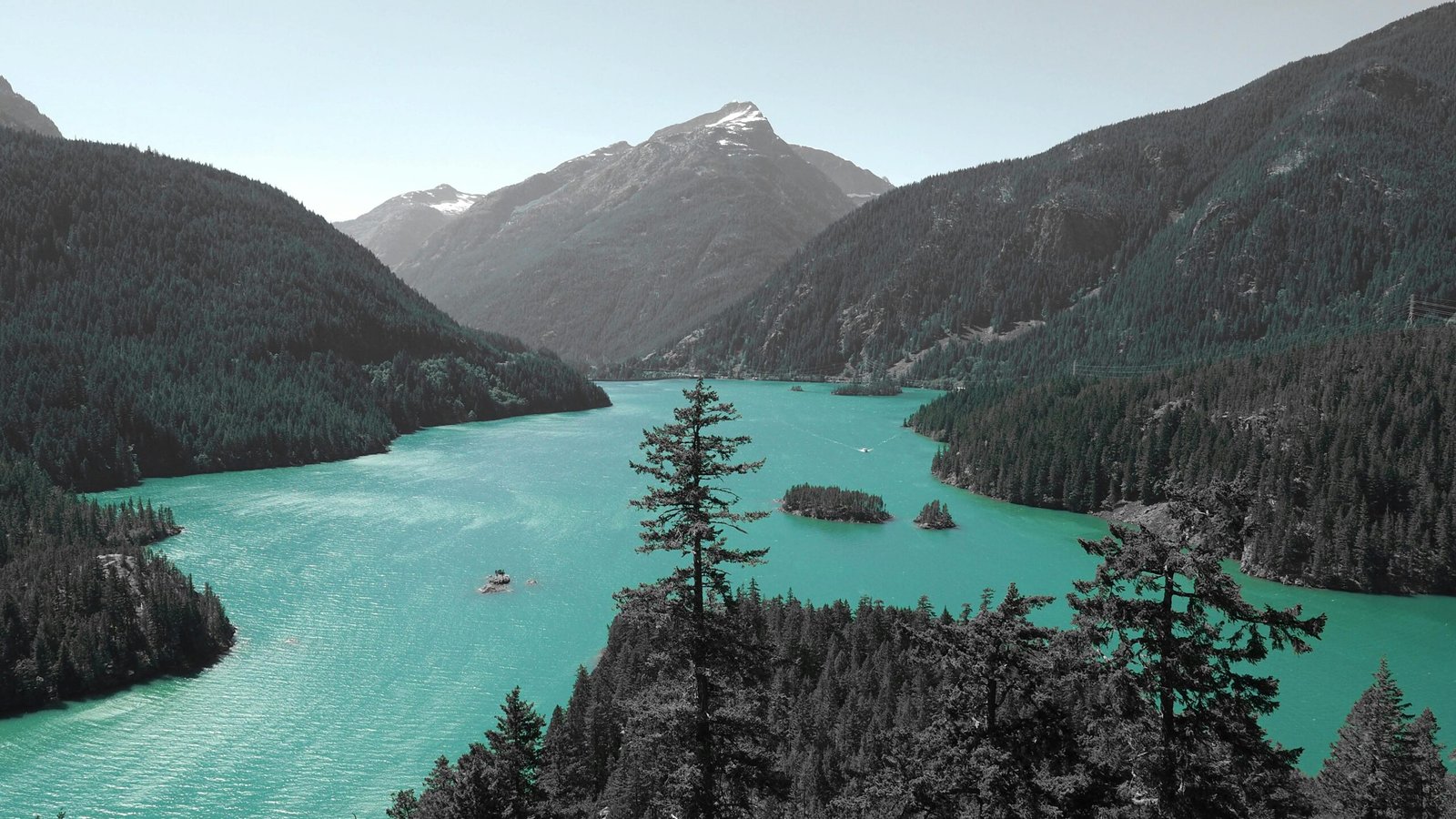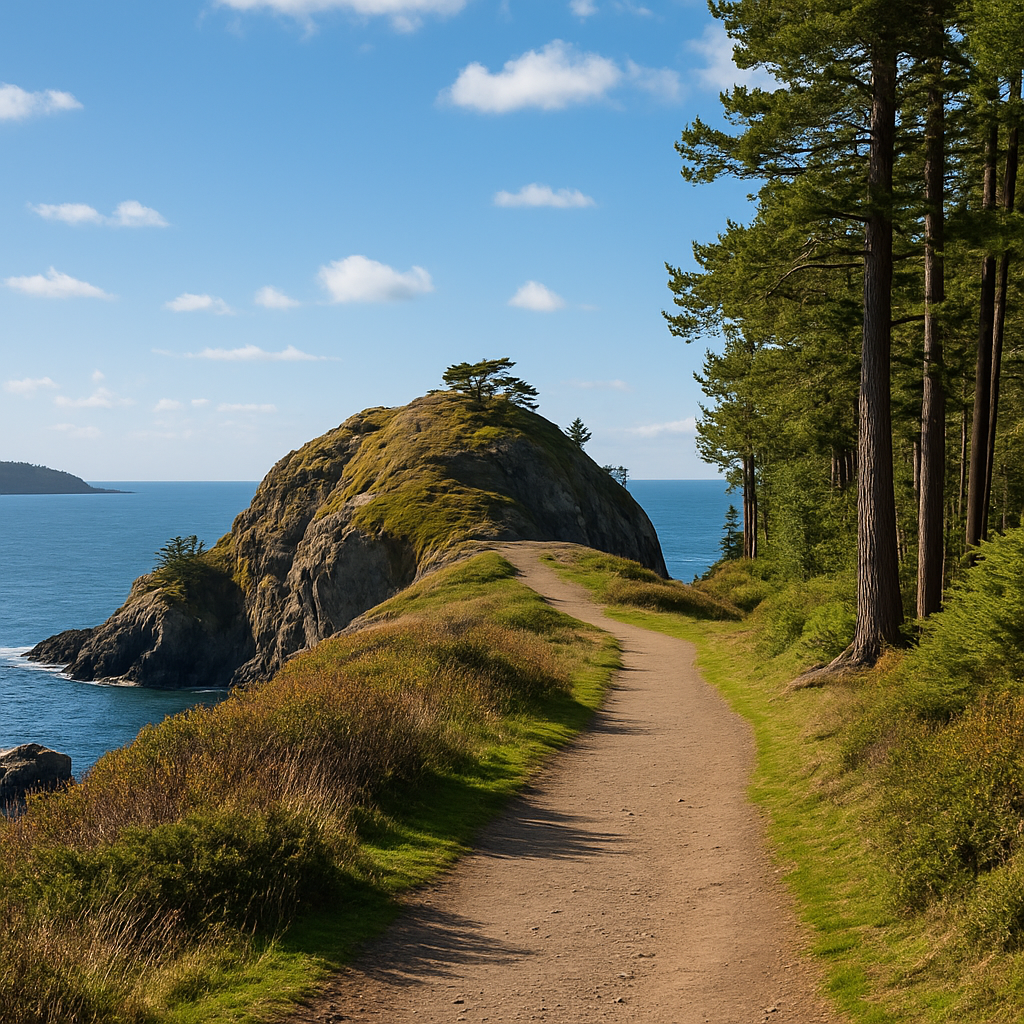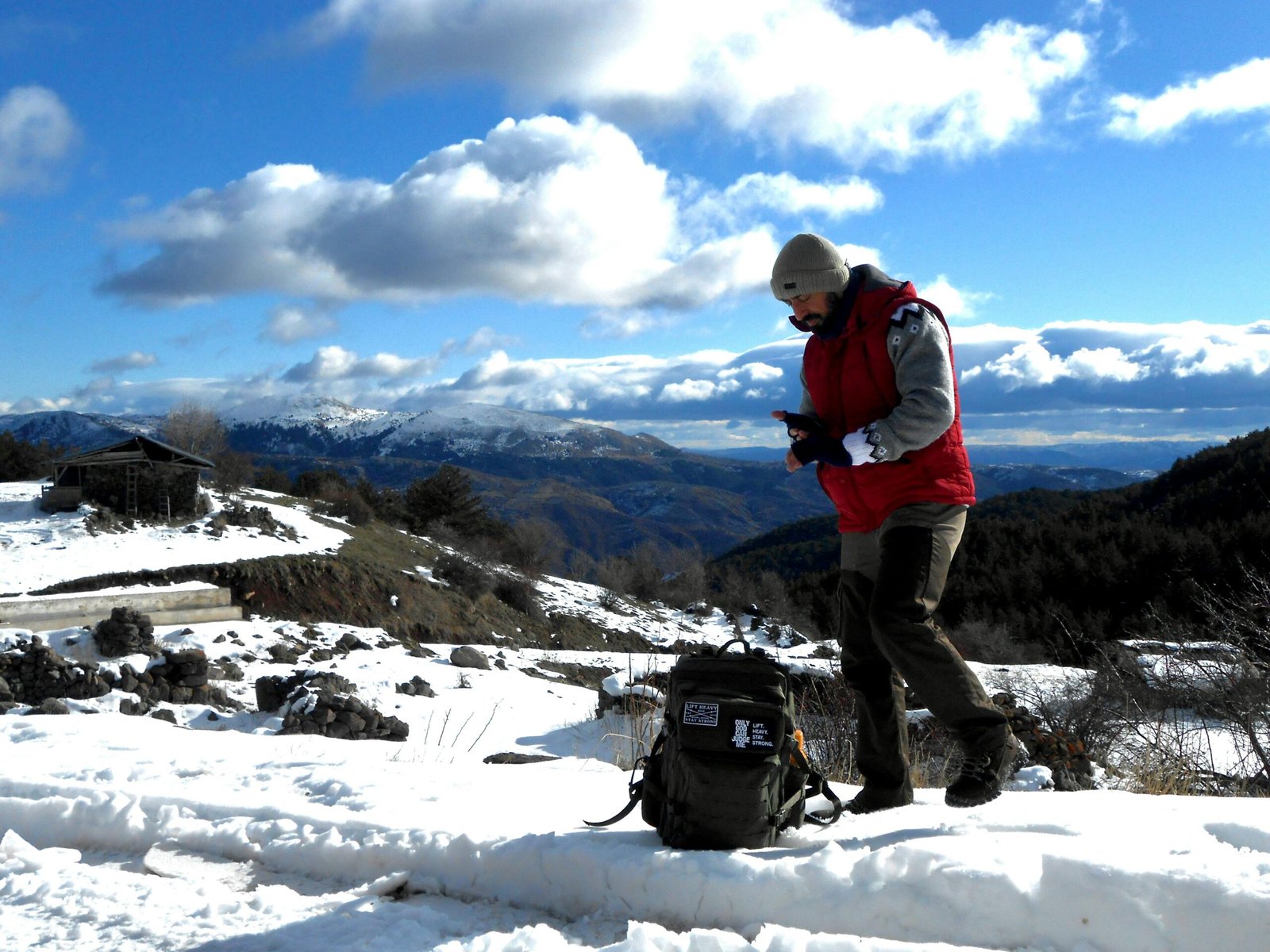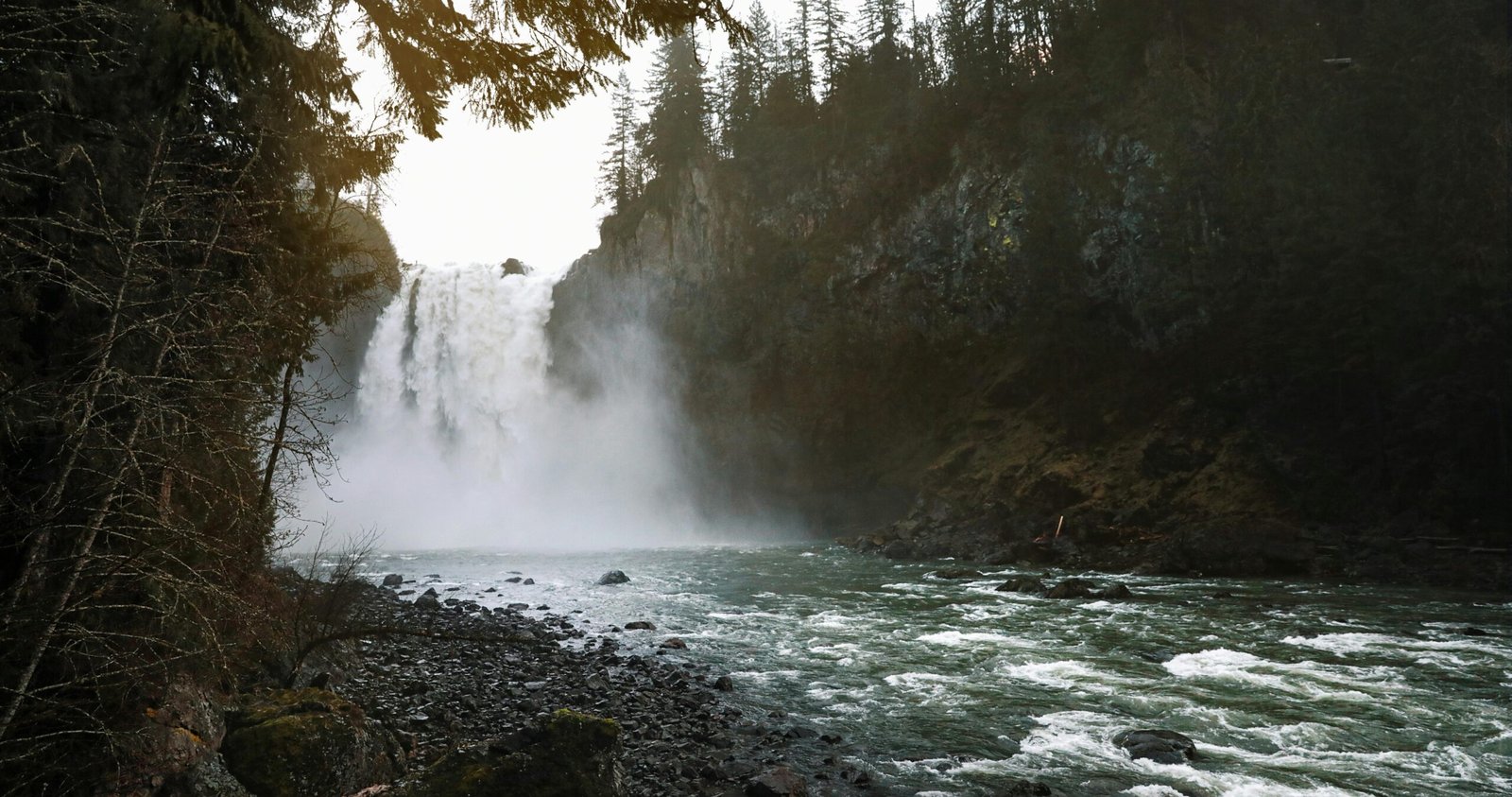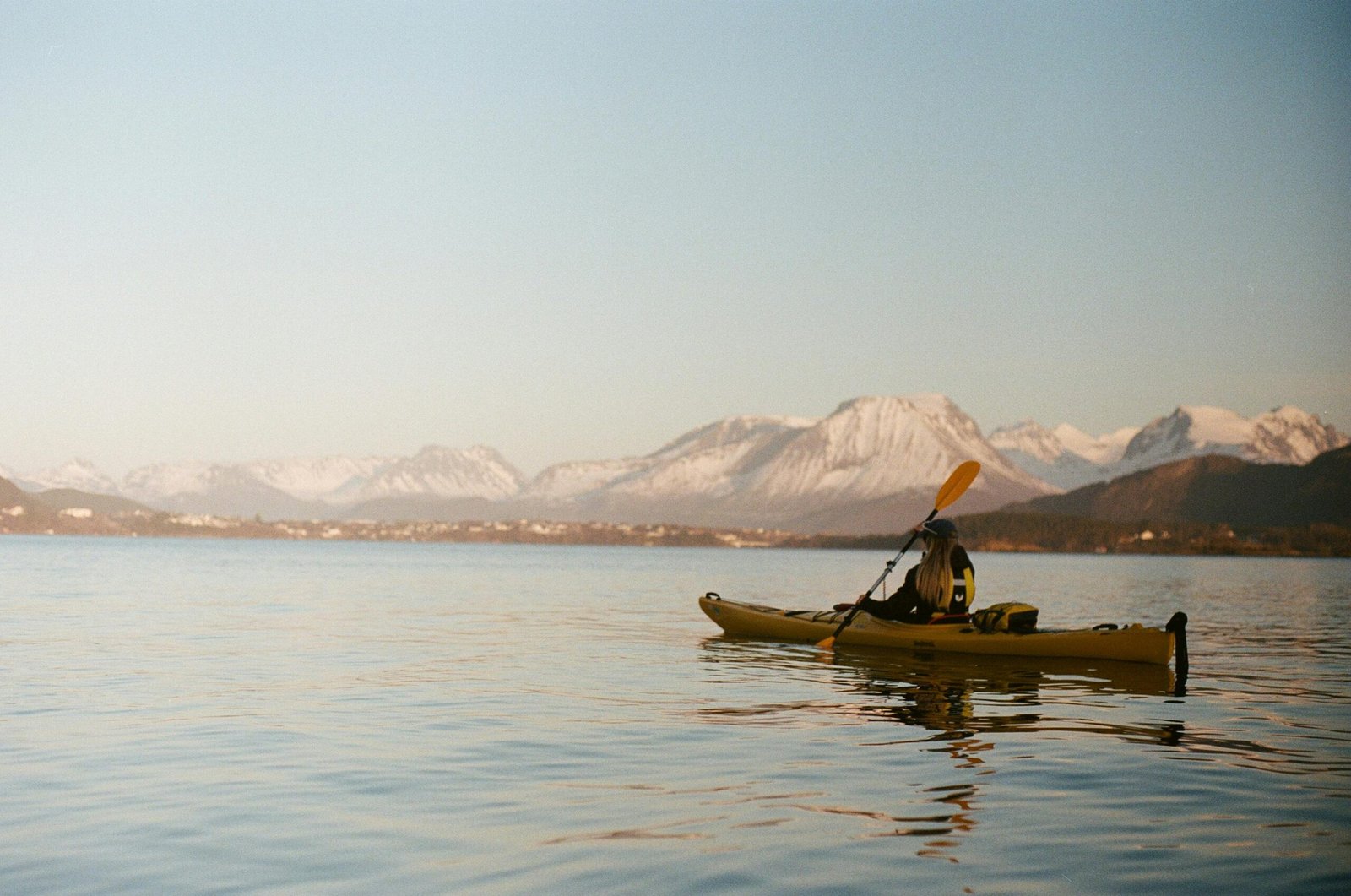The North Cascades are often called the “American Alps,” and for good reason. Jagged peaks soar above dense forests, turquoise lakes sparkle under glaciers and wildflower meadows burst with color. This North Cascades hiking guide highlights several rewarding day hikes along Highway 20, plus gear and stewardship tips to help you enjoy this corner of the Pacific Northwest responsibly.
While some routes here are long and rugged, there are plenty of trails that offer big rewards without mountaineering experience. Below you’ll find where to go, what to bring and why protecting this landscape matters.
Where to Go
These trails showcase the diverse beauty of North Cascades National Park and the surrounding national forests. Each one offers different scenery, distances and difficulty levels. Use the links to check the latest trail conditions and download a park map before you head out.
| Trail | Distance (round‑trip) | Elevation Gain | Highlights |
|---|---|---|---|
| Maple Pass Loop | 7.2 miles | ≈2,020 feet | Wildflower ridges, larch groves, panoramic cirque views |
| Cascade Pass & Sahale Arm | 3.6–11 miles | ≈1,800–4,000 feet | Glacier views, marmots, alpine meadows |
| Blue Lake | 4.4 miles | ≈1,050 feet | Family‑friendly, wildflowers, emerald lake beneath granite towers |
| Hidden Lake Lookout | 8.0 miles | ≈3,300 feet | Historic fire lookout, subalpine meadows, sweeping peaks |
| Diablo Lake Trail | 7.6 miles | ≈1,400 feet | Talus slopes, waterfalls, turquoise reservoir views |
Tip: Highway 20 typically opens in late spring and closes after the first heavy snows. Always check road status and trail reports before setting out.
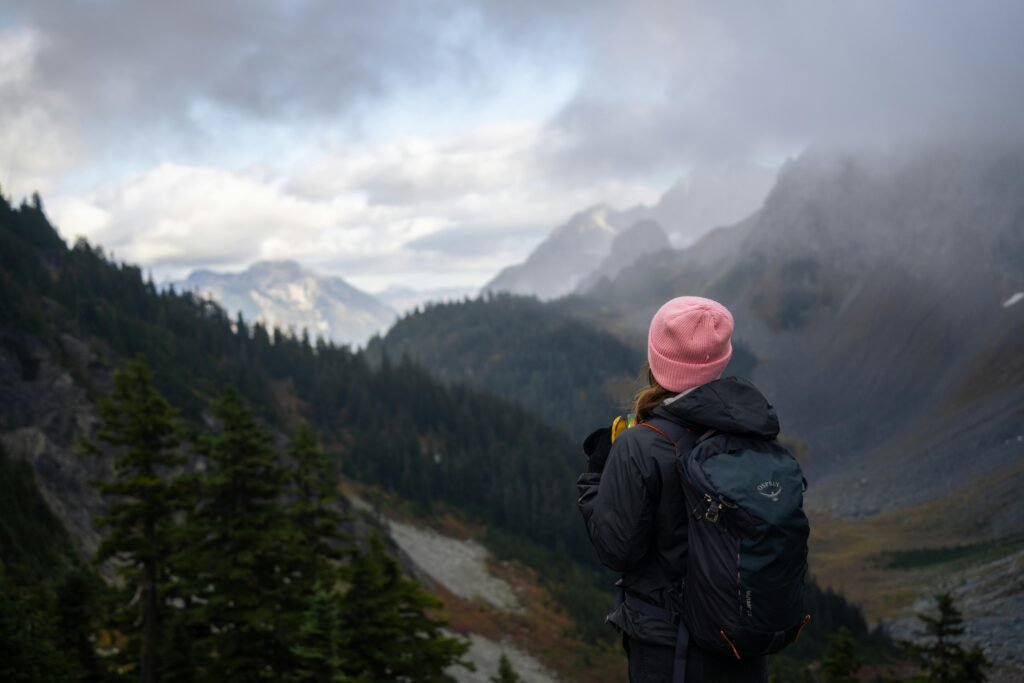
What to Bring
The Pacific Northwest’s mountain weather is famously fickle. Even on a sunny day, conditions can change rapidly. Pack the Ten Essentials and layer accordingly:
- Navigation: map and compass or GPS device
- Sun protection: hat, sunglasses and sunscreen
- Extra water and high‑energy snacks
- Insulating layers and rain gear (even in summer)
- First aid kit and headlamp
- Trekking poles for steep descents
- Bug spray—mosquitoes thrive near lakes and meadows
For a more detailed packing checklist, see our gear guide for Pacific Northwest hiking. If you’re planning to camp, pair this article with our camping guide to find nearby campgrounds.
Local Insight
Timing your visit can dramatically affect the experience. Summer brings carpets of lupine and paintbrush. In September, larch trees turn the ridges golden. Early autumn snowstorms often arrive by October, and avalanche hazards persist into late spring.
Wildlife is abundant—black bears, mountain goats and pikas call these mountains home. Keep your distance and store food properly. Dogs are allowed on some trails (such as the Diablo Lake Trail) but prohibited on others. Check regulations before you go.
“If ever there was a hike to satisfy all a hiker’s desires, this one comes as close as any.” — Washington Trails Association on the Maple Pass Loop
Because the ecosystems here are fragile, always stay on the established path. Avoid stepping on alpine vegetation and pack out all trash. Consider joining a local trail work party—learn more in our conservation and stewardship section.
Why It Matters
The North Cascades harbor more glaciers than any other U.S. park outside Alaska, and they feed watersheds that millions rely on. Old‑growth forests provide habitat for endangered species, and subalpine meadows support rare plants. Climate change and heavy use threaten these resources. By hiking responsibly—staying on trail, packing out waste and respecting wildlife—you help preserve this irreplaceable landscape.
What to Know Next
If you’ve fallen in love with North Cascades hiking, there’s more to explore. Try a multi‑day backpack along the Pacific Crest Trail, paddle Ross Lake or snowshoe to Artist Point in winter. Stay tuned for our upcoming feature on sea kayaking the San Juan Islands. In the meantime, explore more trails across the Pacific Northwest in our trail guides section.
Whether you’re chasing wildflower vistas or larch season, this North Cascades hiking guide will help you plan a memorable trip. Lace up your boots, grab your map and embrace the magic of Washington’s alpine wonderland.

